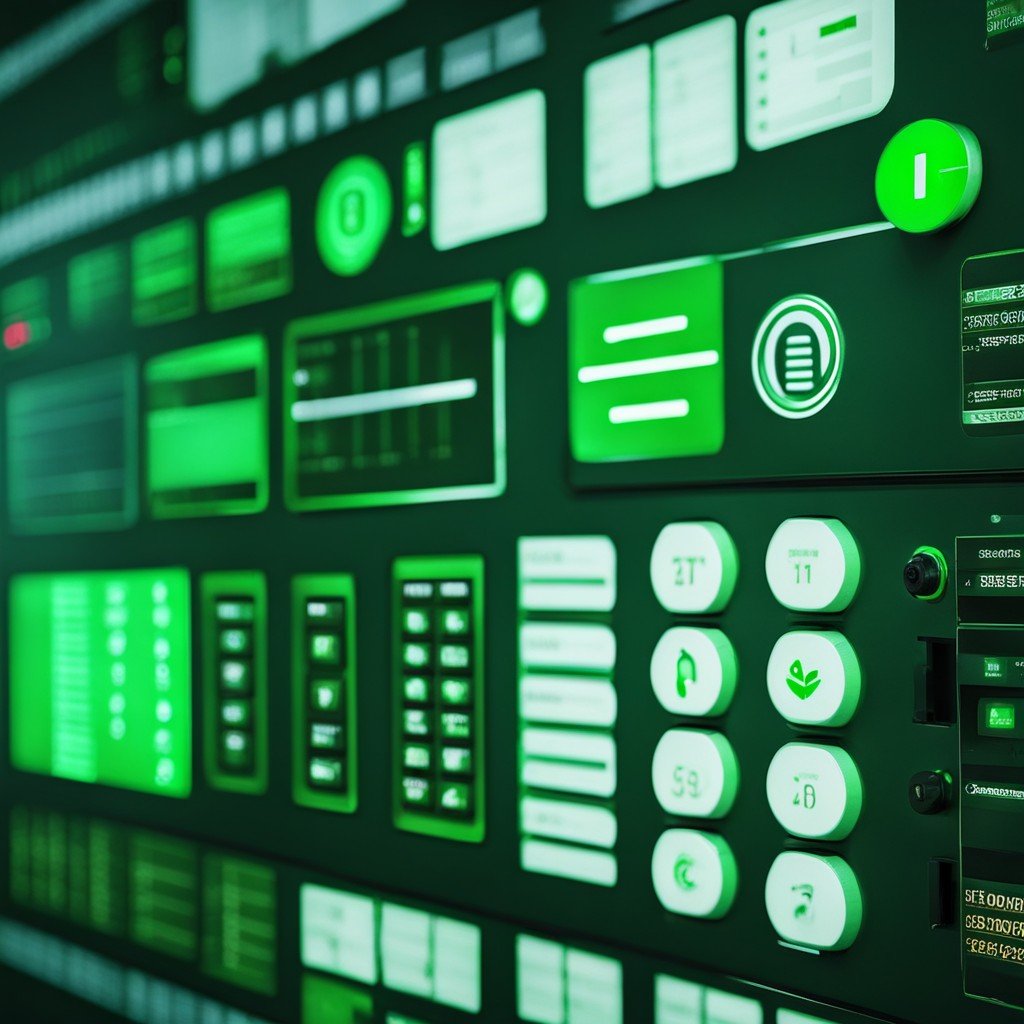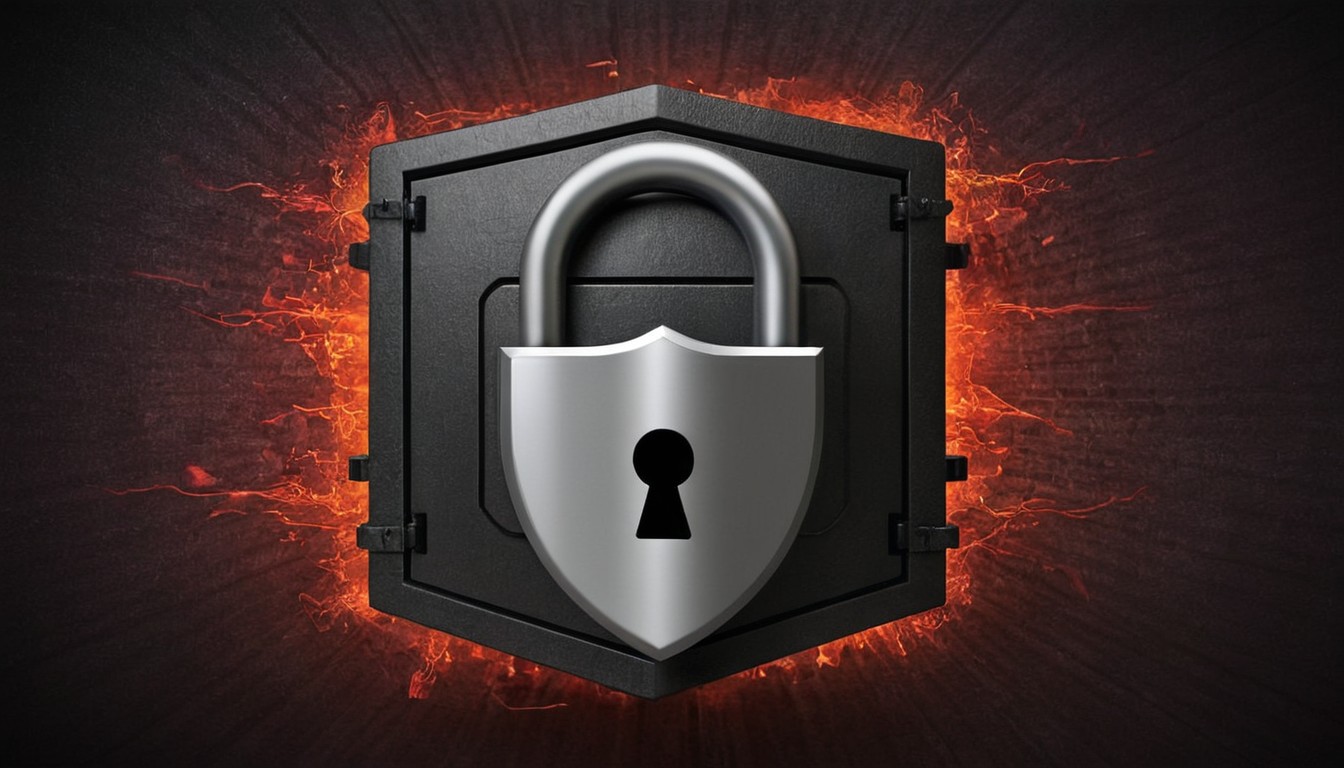Cybersecurity has become a critical concern for organizations worldwide as sophisticated state-sponsored attacks continue to evolve. Recently, Microsoft identified breaches involving Russian hackers, specifically a group known as Midnight Blizzard (APT29), targeting its customers. This blog delves into the details of these attacks, their implications, and strategies to enhance cybersecurity resilience.
The Attack Details
Midnight Blizzard, also known as APT29, has a history of conducting cyber espionage campaigns. This group, believed to be linked to the Russian government, has been involved in various high-profile cyberattacks, including the infamous SolarWinds breach. In the latest incidents, Midnight Blizzard has been exploiting vulnerabilities in Microsoft’s systems to infiltrate and compromise customer networks.
- Attack Vector: The attackers leveraged compromised credentials to gain unauthorized access to Microsoft’s email services. By doing so, they could read email communications, access sensitive information, and potentially manipulate data. This attack vector highlights the importance of securing access credentials and implementing multi-factor authentication (MFA) to prevent unauthorized access.
- Phishing and Social Engineering: Microsoft reported that the attackers used sophisticated phishing techniques to deceive users into revealing their credentials. These phishing campaigns were highly targeted and tailored to specific individuals, making them difficult to detect and prevent.
- Notification Issues: One of the significant challenges Microsoft faced was notifying affected customers. The notification process, criticized for resembling spam or phishing attempts, further complicated the incident response. This issue underscores the need for clear and effective communication strategies during cyber incidents .
Implications of the Breaches
The breaches orchestrated by Midnight Blizzard have several far-reaching implications:
- Data Privacy and Security: Unauthorized access to email communications and sensitive data can lead to severe privacy violations and data breaches. Organizations must ensure robust data protection measures are in place to safeguard against such threats.
- Operational Disruption: Cyberattacks can disrupt normal business operations, leading to downtime, loss of productivity, and financial losses. The impact is particularly significant for organizations that rely heavily on uninterrupted access to their digital infrastructure.
- Trust and Reputation: Frequent and high-profile cyberattacks erode customer trust and damage the reputation of affected organizations. Maintaining robust cybersecurity practices is essential to preserve stakeholder confidence.
Strengthening Cybersecurity Defenses
In light of these sophisticated attacks, organizations should adopt a multi-layered cybersecurity approach to mitigate risks:
- Enhanced Authentication Methods: Implementing multi-factor authentication (MFA) can significantly reduce the risk of unauthorized access by adding an extra layer of security beyond just passwords.
- Regular Security Audits and Updates: Conducting regular security audits and promptly applying patches and updates to all software and systems can help close vulnerabilities that attackers might exploit.
- Phishing Awareness Training: Educating employees about the latest phishing techniques and how to recognize and report suspicious emails can reduce the likelihood of successful phishing attacks.
- Advanced Threat Detection and Response: Utilizing advanced threat detection tools, such as Security Information and Event Management (SIEM) systems and Endpoint Detection and Response (EDR) solutions, can help detect and respond to threats in real time.
- Incident Response Planning: Developing a comprehensive incident response plan ensures that organizations can quickly and effectively respond to cyber incidents, minimizing damage and recovery time.
The recent breaches involving Microsoft and Russian hackers highlight the ongoing challenges posed by state-sponsored cyber espionage. By adopting robust cybersecurity practices and staying vigilant, organizations can better protect themselves against these sophisticated threats. Staying informed about the latest cybersecurity trends and maintaining a proactive security posture are essential steps in safeguarding digital assets and maintaining trust in an increasingly connected world.





